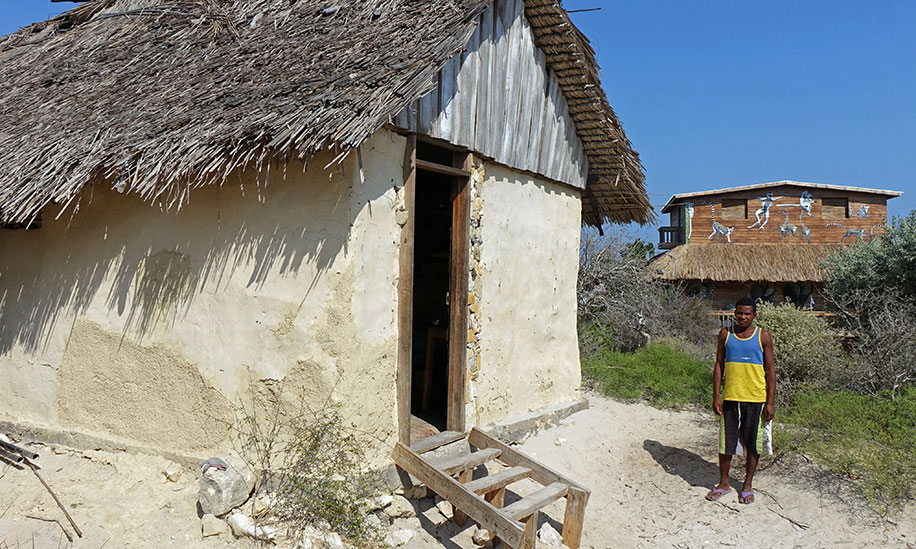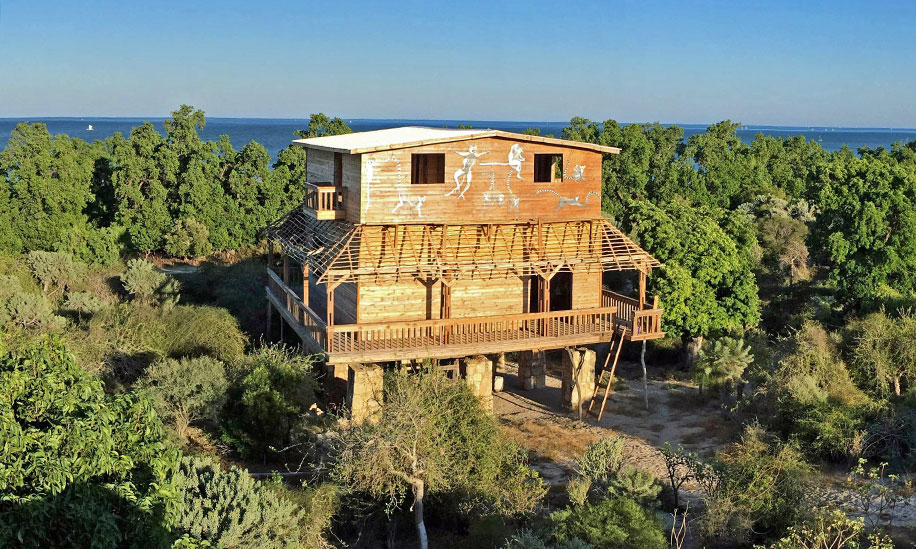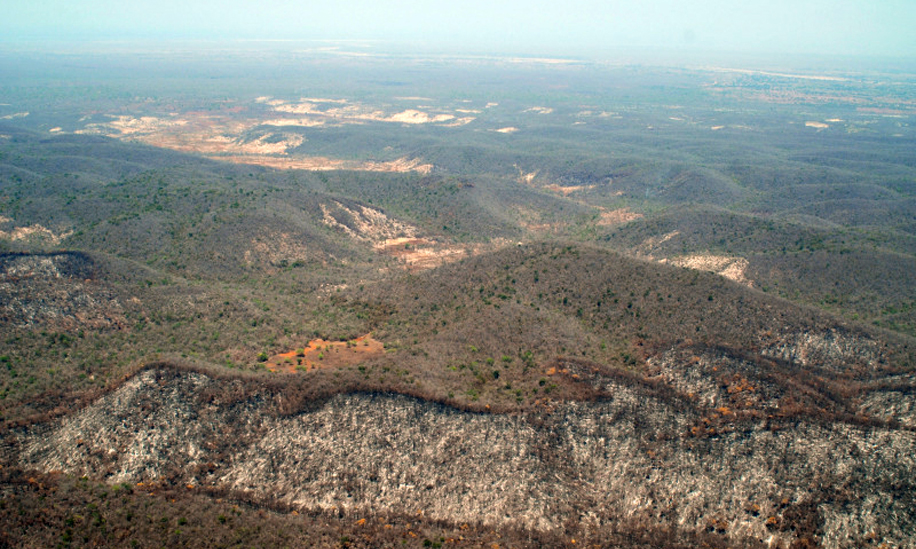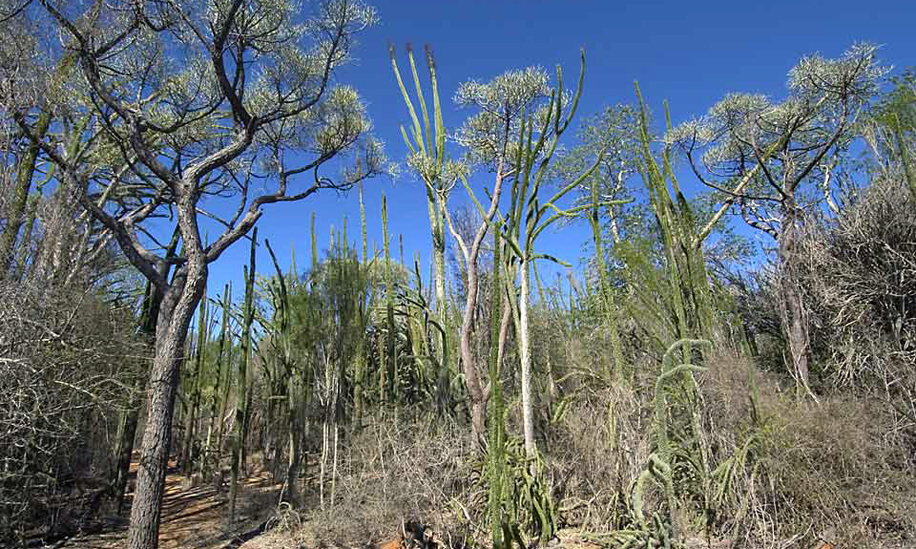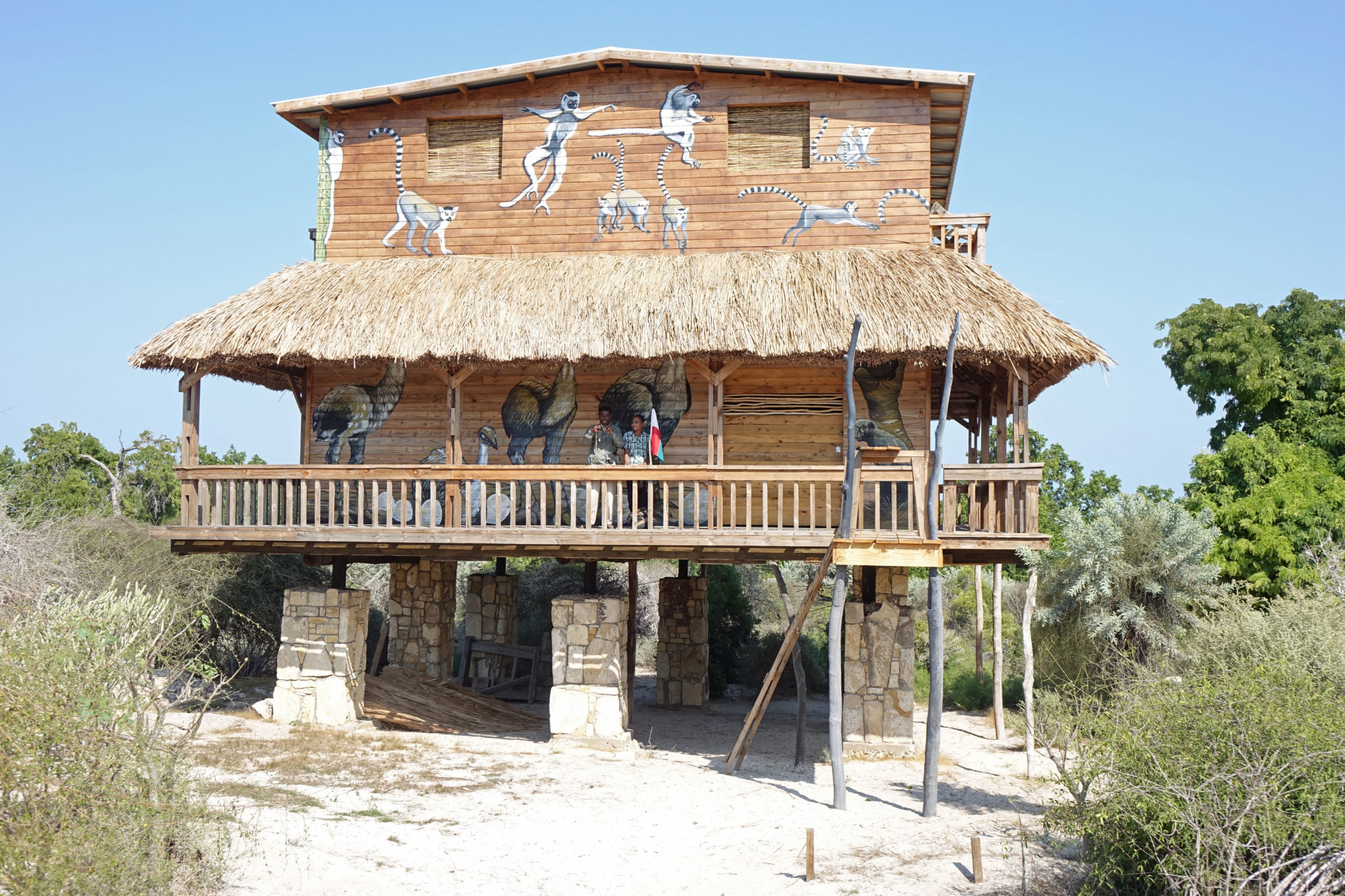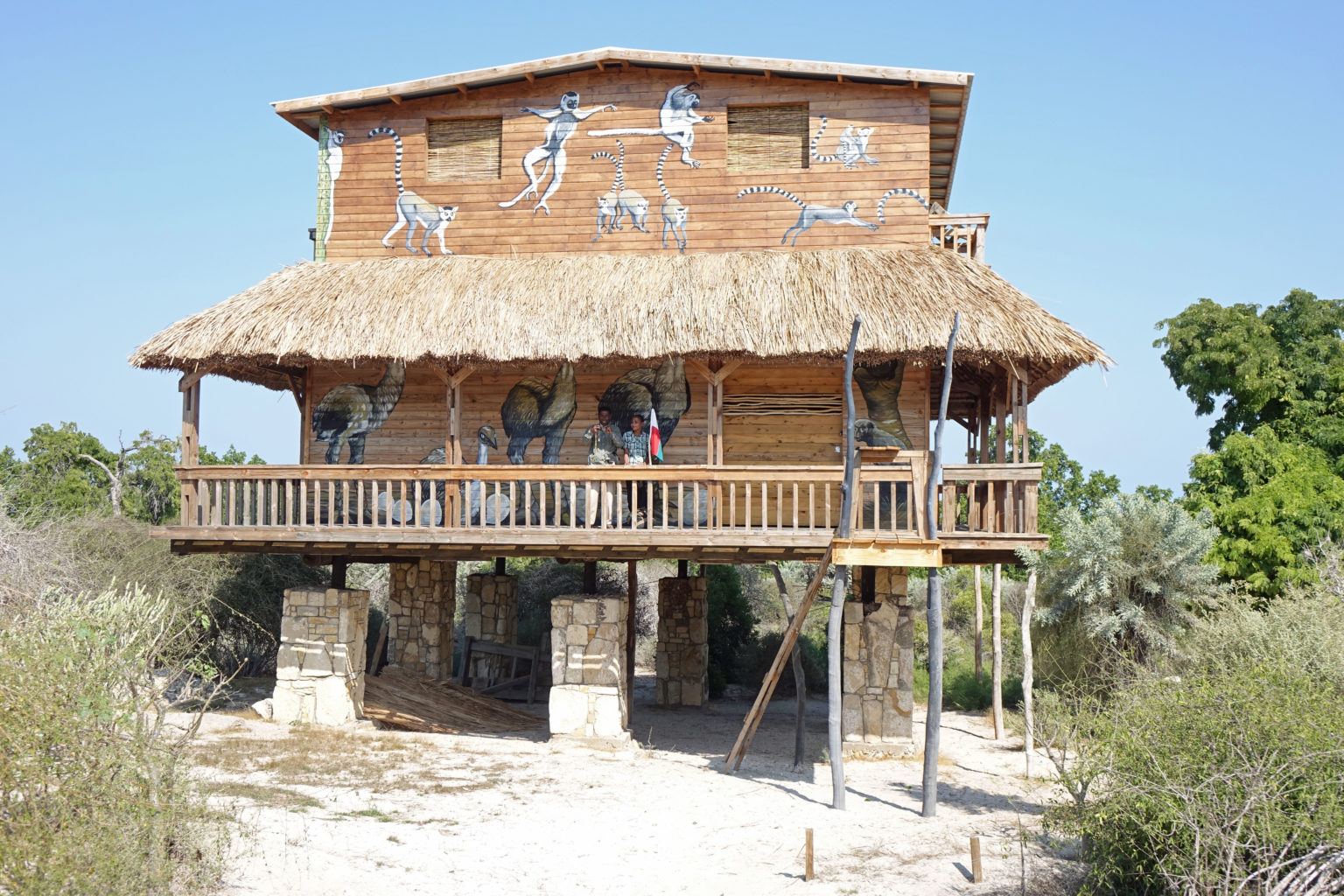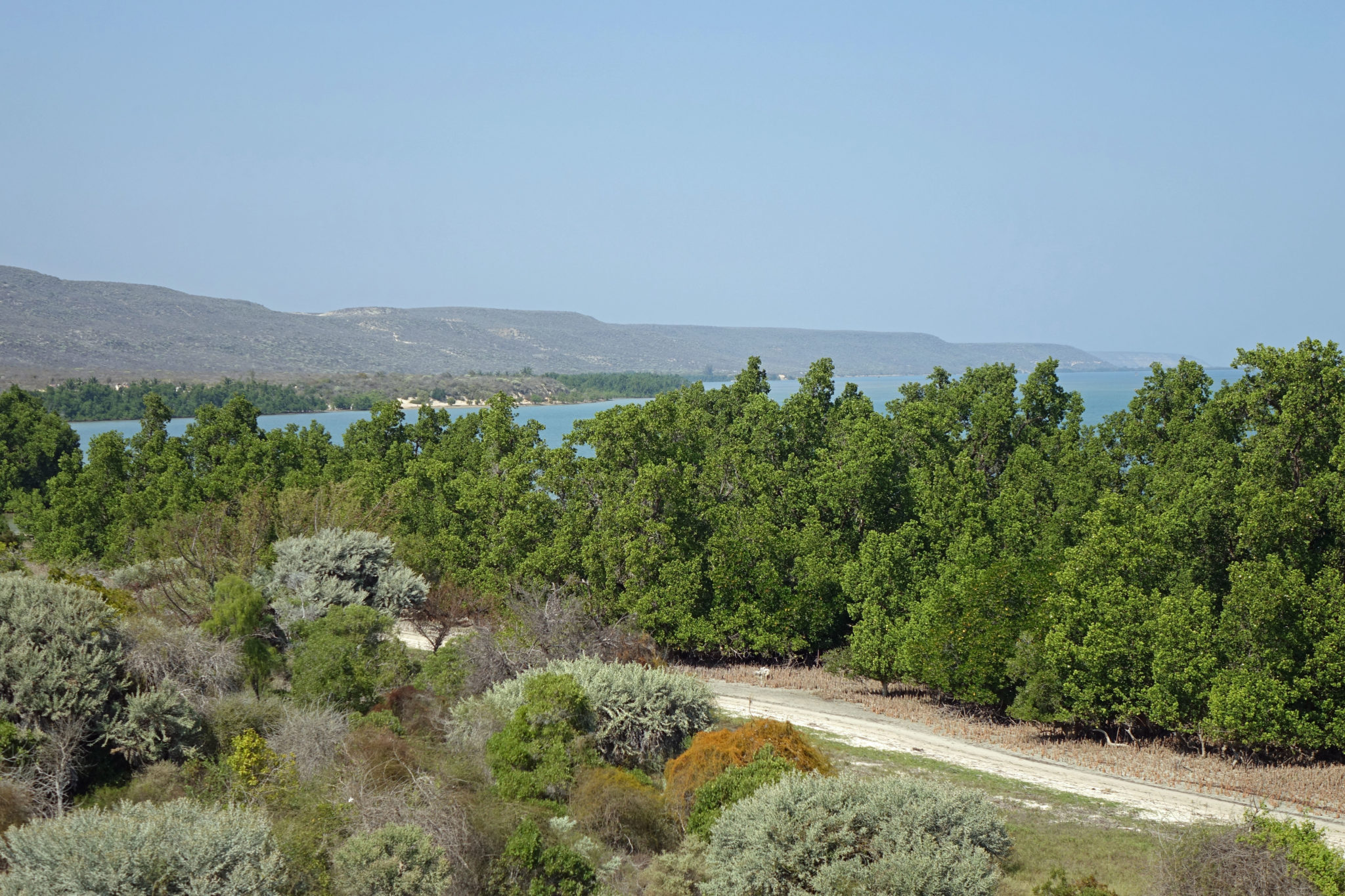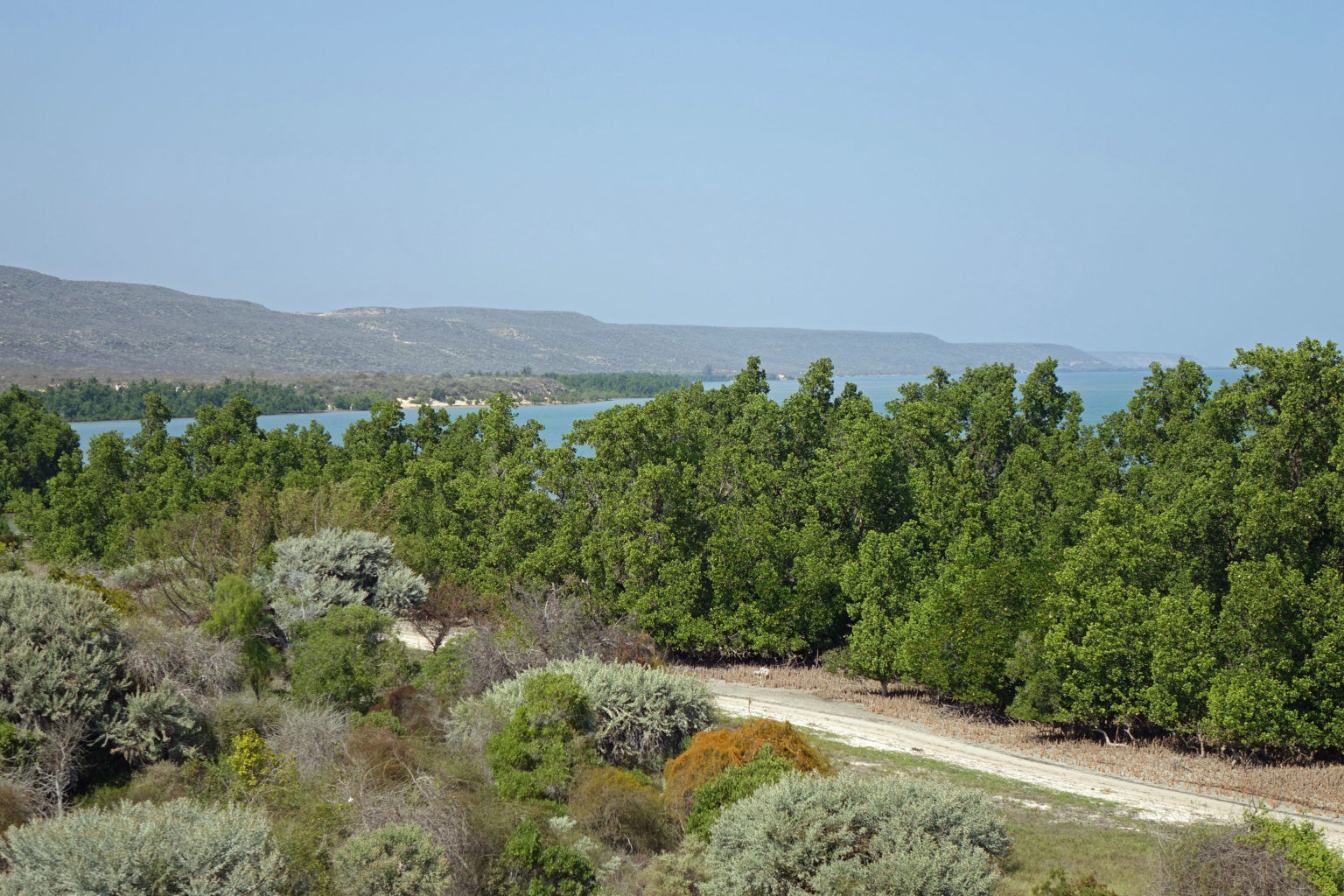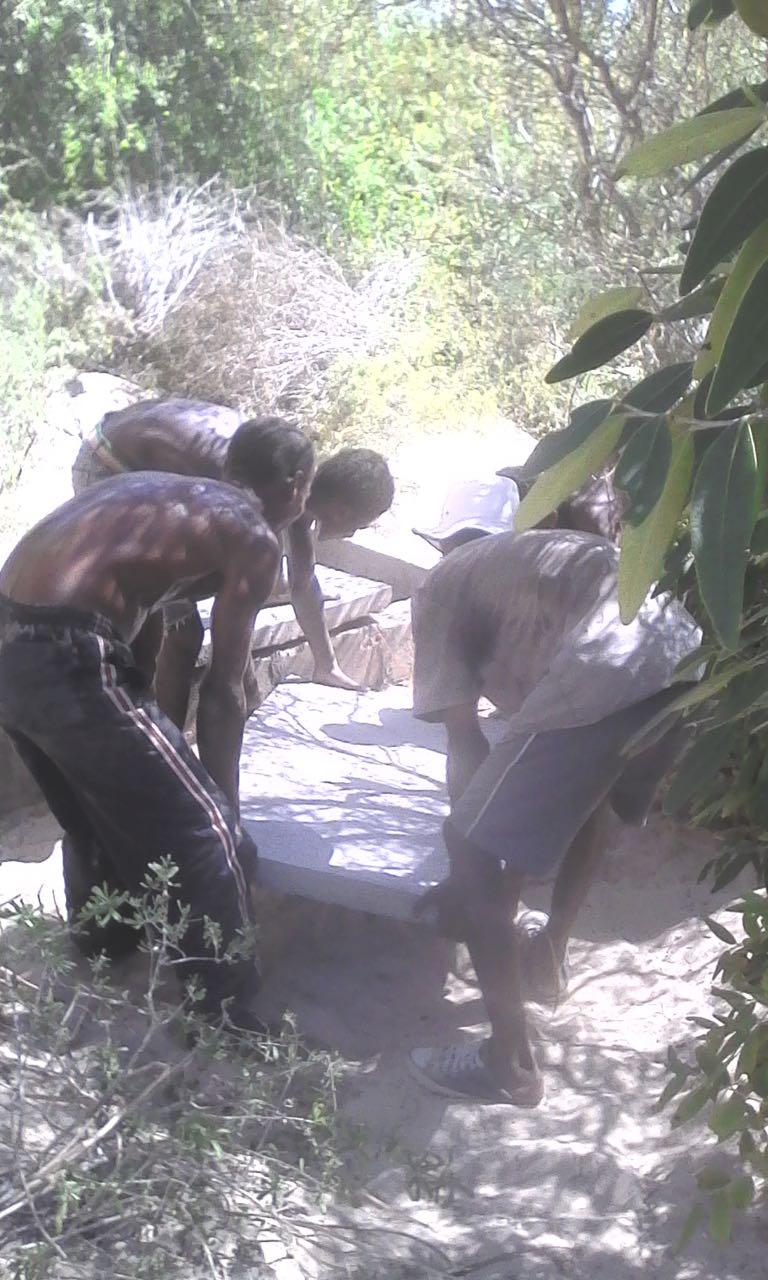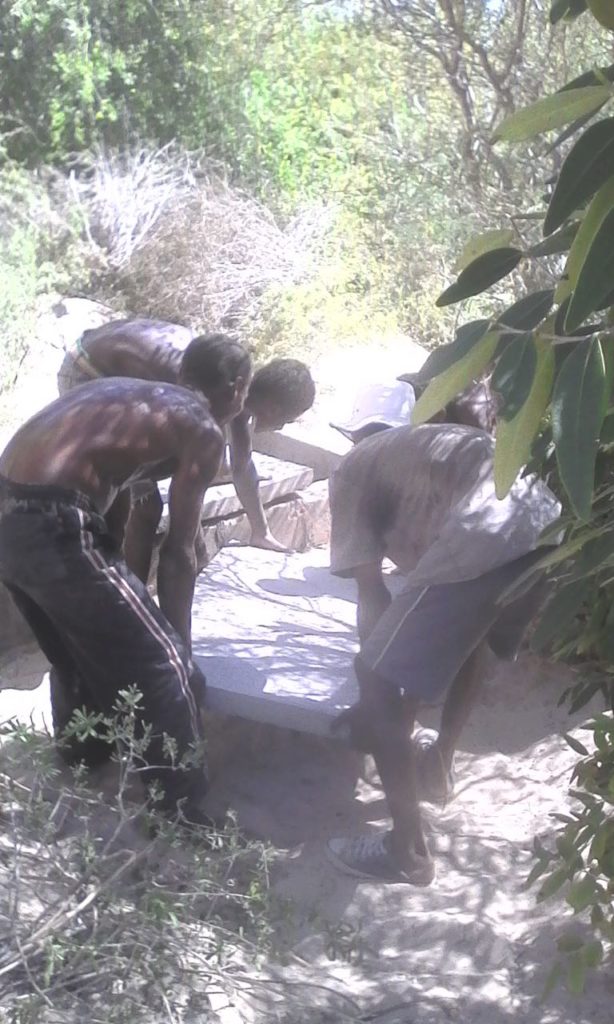Madagascar, the fourth largest island in the world, is one of the world’s top five biodiversity hotspots. Eighty percent of Madagascar’s plants and animals are endemic–that is, they occur nowhere else in the world. Unfortunately, more than 90 percent of Madagascar’s original forest cover has been lost since humans arrived, only 2,300 years ago.
The south of Madagascar is one of the country’s poorest regions. Droughts, wildfires, and locust invasions frequently lead to malnutrition and hunger. The dry deciduous forest there is easy to clear and suffers the highest deforestation rate of any forest type. People cut trees to make charcoal or to clear land for slash-and-burn maize farming. Both practices are major drivers of deforestation.
PK32-Ranobe is a new protected area that has long been recognized as a conservation priority. It is located in southwestern Madagascar, approximately 25 miles north of the coastal city of Tulear. The reserve contains eight lemur species, four of which are vulnerable and threatened by hunting. Numerous other endemic, threatened or endangered plants and animals live there as well.
We will be working with Ho Avy (“future” in Malagasy), an organization that was established in 2007. It is one of the few grassroots organizations engaged in community conservation and sustainable development in southwest Madagascar.
The people of Ranobe have expressed interest in a visitors center for many years, as their village is the gateway to this protected area. Seacology is funding construction of an ecotourism center. In return, the community will stop disturbing any habitat in a 4,448-acre part of the protected area near their village for 20 years. The community will also participate in all environmental protection activities that Ho Avy initiates.


